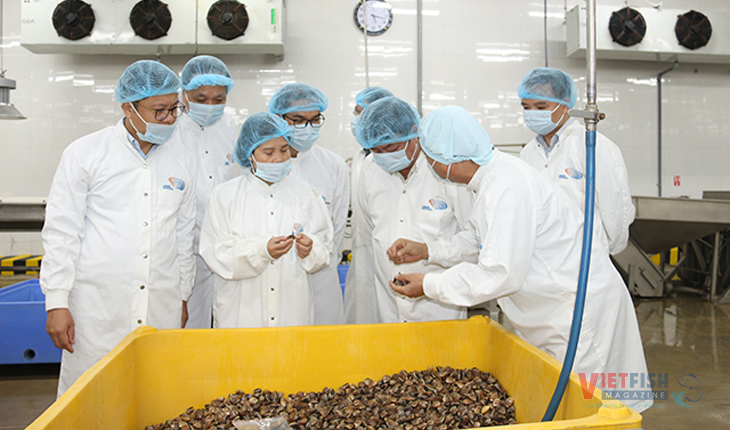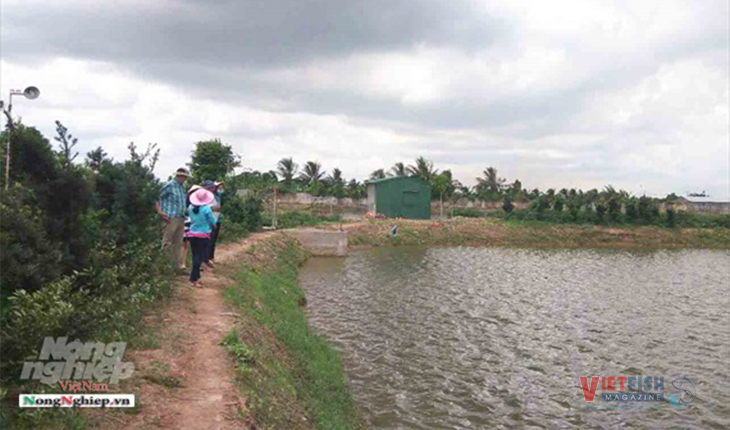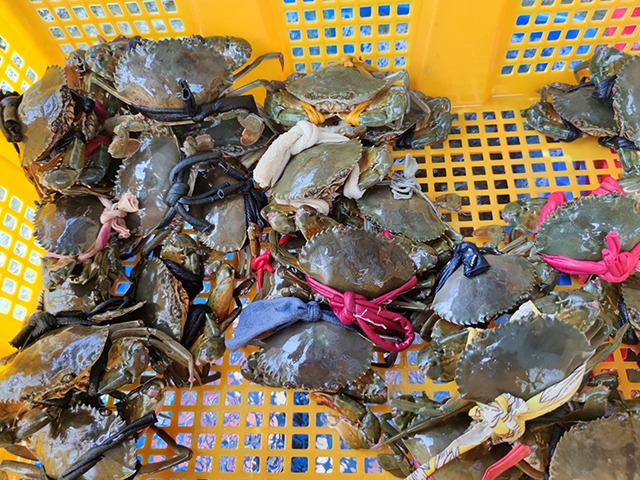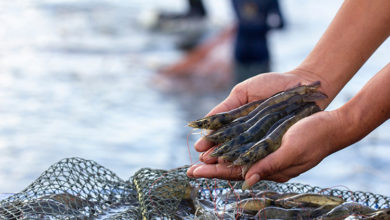Tiền Giang: Plan to use 14,700 ha on aquaculture
Tiền Giang province plans to spend 14,700 ha of water surface on aquaculture, exploiting and producing over 364,000 tons of aquaatic products of all types for consumption and processing for export purposes.
According to Tiền Giang provincial Sub-department of Agriculture and Rural Development, the province has spent 6,300 ha on aquaculture, mainly black tiger shrimp, white leg shrimp, bivalves (in coastal districts), giant river prawn, pangasius, and freshwater species in the west of the province where flood is controlled.
The province exploited and cultured nearly 42,000 tons in the first two months. The local price of white leg shrimp has remained high. As recorded in Tân Phú Đông, white leg shrimp size 30 pcs/kg are sold at 230,000 dong/kg, size 40 pcs/kg are sold at 190,000 dong/kg, and size 100 pcs/kg are sold at 82,000 dong/kg.
Other farmed species such as black tiger shrimp and pangasius are fetching high prices, up 10,000-15,000 dong/kg as compared to late 2022. With such prices, local farmers earn good profits.
The province is exploiting local potential of aquaculture for export purposes in freshwater, salt, and brackishwater ecozone. For sustainable development of aquaculture, Tiền Giang is transfering farming techniques and encouraging farmers to apply science and technology in intensive farming models.
The province has located vital aquaculture areas such as Nam Gò Công, Bắc Gò Công, the shrimp-rice farm in Tân Phú Đông, the fish-rice farm in Hậu Mỹ Bắc A commune of Cái Bè district, the fish fries production area in Tân Hội of Cai Lậy town, and Mỹ Hội commune of Cái Bè district, and hi-tech shrimp farm in Gò Công coastal area.
According to Tiền Giang provincial Sub-department of Fisheries, the province has nearly 300 ha of hi-tech shrimp farm, accounting for 15% of the total intensive shrimp farms. Tiền Giang is deploying the Project “change the structure of plants and crops in districts and towns in the East, period 2020-2025”, mainly changing poor coastal farmland into farming model so as to adapt to climate change and slightly reduce natural disaster.
VFM






